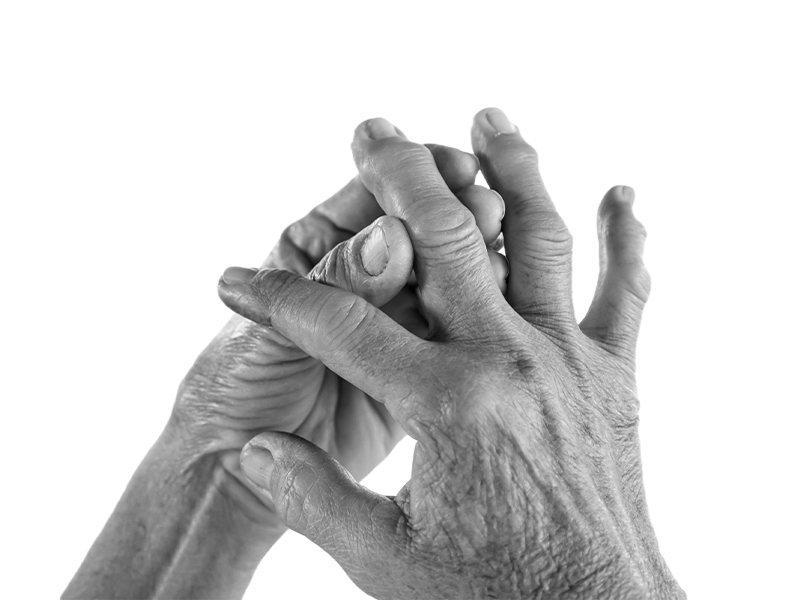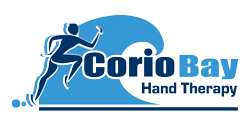What is Rheumatoid Arthritis?
Being the most common autoimmune diseases in Australia, rheumatoid arthritis is a condition where the body’s own immune system attacks the joints of the body. The wrist and hand joints are some of the most impacted joints of the body. Rheumatoid arthritis is most commonly diagnosed between the ages of 30 and 60 years of age, and is more commonly diagnosed in females than males.
Often, people will have a family member who also has rheumatoid arthritis, but it can also be present without any family link.
Rheumatoid Arthritis Symptoms
Symptoms quite often affect joints on both sides of the body equally. The main joints to be affected are the wrists, fingers and toes. Other bigger joints can also be affected.
Common symptoms include:
- Pain of a morning that gets better with movement or activity
- Fluctuating pain that has periods of flared up times and easier times
- Pain symmetrical on both sides of the body
- Swollen, red joints
Rheumatoid Arthritis Assessment
Rheumatoid arthritis is diagnosed by either your GP or a Rheumatologist. There are tests that your Hand Therapist can perform to understand the severity and track the progress of your condition.
It should be noted that early diagnosis and treatment is important to reduce the impact rheumatoid arthritis can have. If left untreated, rheumatoid arthritis can lead to irreversible damage to the joints.
Hand therapy assessment of Rheumatoid Arthritis includes:
- A thorough discussion about your condition and how it impacts you
- An examination, focusing on your movement, strength and function.

Rheumatoid Arthritis Treatment
Importantly, rheumatoid arthritis is not managed by just one health care clinician. Your hand therapist will work with your GP, rheumatologist and other health professionals to ensure teamwork to manage your condition and a collaborative approach to helping you achieve your health goals.
From a Hand Therapy approach, good management includes:
- Exercise programs to promote strength and movement
- Braces or splints to promote function
- Ergonomic advice and equipment to aid with daily tasks
- Pacing advice to ensure capacity is left for the things that are most important to you
